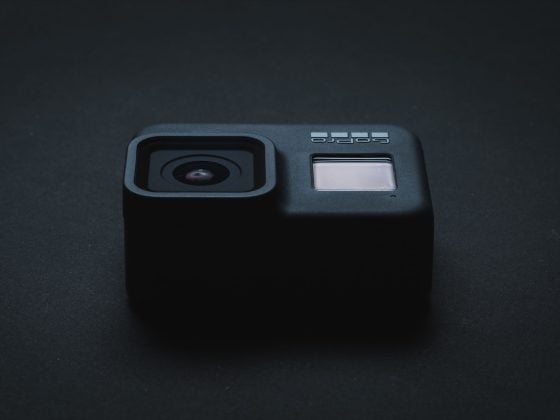You’ve probably seen a million comparisons between the A7III and the Nikon Z6, but have you seen any honest comparisons that talk about meaningful features that are actually useful to photographers?
Both cameras are having holiday sales.
As a Sony and a Nikon shooter, I thought I would share some key differences between the Nikon Z6 and the Sony A7III. Features and specs revolving around real-world experience based on my experience with each system can make a big difference.
I’ll also reference some other cameras to give some perspective on where Sony and Nikon stand in the industry with their technology.
Here is the blunt truth.


Nikon Z6 vs Sony A7III | User Interface
The user interface or user experience is often overlooked in online reviews, especially when a camera is compared to Sony.
I don’t know why, but it’s super important to people who have to interact with a camera all day, every day.
Here is a chart comparing some camera specs that are pertinent to the user experience.
User Features
| Nikon Z6 | Sony A7III | Winner | |
| EVF Dot | 3,690,000 | 2,359,000 | Z6 |
| LCD Size | 3.2″ | 3″ | Z6 |
| LCD Res Dot | 2,100,000 | 921,600 | Z6 |
| Touch Screen UI | Yes | No | Z6 |
| Top Display | Yes | No | Z6 |
| Start-Up Time | 0.5-1sec | 3sec | Z6 |
| Ergonomics | Great | Ok | Z6 |
| Weight | 1.29 lb / 585 g | 1.43 lb / 650 g | Z6 |
Regarding weight, I’m not sure if Sony’s weight is with or without the battery. This could be a tie.
When it comes to actual camera technology, the Nikon Z6 is better in every way, by a lot.
Twice the pixels on the LCD screen that is 0.2″ larger. Over a million more pixels with the EVF. Lighter, better user touch screen, a top screen, better ergonomics.
There is no touchscreen interface on the Sony, so you can’t pinch to zoom to preview your photos, swipe them around, or anything like that.
The Z6 is just a better camera.
Nikon Z6 vs Sony A7III | Focus Specs
There is so much to how a camera autofocuses that never gets talked about, but here are some autofocus specs.
I include bootup time again because it’s important for street and photojournalism. The A7III will boot up fast or slow, depending on if it’s a cold boot or just a sleep boot.
| Nikon Z6 | Sony A7III | Winner | |
| Boot Up Time | .5sec | 1-3sec | Z6 |
| Toggle Between Faces and Eyes | Yes | No | Z6 |
| Low Light | Good | Good | unknown |
| Eye AF Distance | Good | Good | unknown |
| Eye AF In Multiple Modes | No | Yes | A7III |
| Eye AF Hit Rate | Good | Good | unknown |
| Adjust Tracking Settings | Yes | Yes | Tie |
| PDAF Points | 273 | 693 | A7III |
Now, we can see a few advantages of the Sony A7III. Some of them don’t make a difference in real-world use, like eye-af distance, since far-distance face detection is always good enough. And even an f0.6 lens won’t have the depth of field to distinguish between a nose and an eye at the far distances people usually get excited about.
The Z6 struggles a little more in low light than my other cameras. It’s close, but there is always this extra second pause in low light as the Z6 tries to figure out the scene. Using faster f1.2 lenses would probably help when they come on the market. Right now, you can get f1.4 lenses for the A7III.
So, there is a little advantage for the A7III.
Update: Nikon has updated its firmware quite a few times since I wrote this, and the AF is significantly better than it was before. I’m no longer sure how much better the A7III is at autofocus, if it’s better at all. The Nikon tracking is very good now, and the low-light performance is good. Sony still has the advantage of using eye AF in multiple modes.
Sony A7III Is Not The A9
The Sony propaganda machine would make you think all Sony cameras are better than the Nikon and EOS R cameras.
Everyone says, “Oh, that Sony Eye AF, though.” Notice that all the online comparisons today rate the A9 vs. the Z6, not the A7III. I haven’t seen an A7III comparison for a long time. I wonder why. Keep in mind that when you see people cheering for Sony autofocus, the A7III is not as good as the A9, just like my A7rIII is not as good as the A7III.
The Autofocus Breakdown
PDAF Points – Sony A7III has 693 PDAF points, and Nikon only has 273.
Having the 693 should help the eye with distances because you get better focus resolution, but I’m not sure. Both Canon and Fujifilm’s latest cameras have significantly more Phase detection at points than Sony or Nikon’s, but there is nothing game-changing happening with Canon and Fujifilm.
Eye AF Control – I like how Fujifilm and Sony let you use face and eye detection in any focus modes like single point, zone, or wide tracking. With Nikon, it only works in the Auto-area AF.
When it comes to shooting groups, Nikon and Fujifilm allow you to pick different faces with a focus joystick (Fujifilm requires you to use the touch screen); you cannot do this on Sony.
AF Tracking – All the cameras engage their AF tracking a little differently. With the Nikon Z6 you can engage autofocus tracking by first pressing a button, a box will come up and you lock that onto your target.
My favorite thing about the Z6 is that you can cancel a face or eye detection at any time by pressing the OK button, which engages the tracking box. Then, if you don’t want the tracking box, you press exit. Once you get your muscle memory down, you can instantly cancel any false positive face or eye detections you don’t want by switching to a tracking point.
With Sony, you can set it up to have a tracking box, which is a pain to use, but you can also just use the lock-on functions instead. This is usually why Sony and Canon have an advantage in some situations, especially because of the auto-tracking lock. If you lose a face or an eye, it will auto-track and attempt to track onto that last point until it can face or eye-track again. Once the Nikon loses face or eye, it will try to sit a little longer on the target, but it eventually just breaks and goes back into full auto mode.
There are so many different tricks you can set up with Sony, but I’ve never really figured out what works best. So I mostly just use zone boxes with face or eye AF turned on or the box with tracking called Lock-on AF: Expand Flexible Spot.
The Nikon AF system is primitive in some ways but more advanced in others. Because the camera can be so customized with amazing button placement, I find I can instantly fly between different focus modes and controls to get it to do what I need it to do almost instantly by switching between eyes or faces on the fly.
Speed & Subject Acquisition With AF
This is a big thing and something that’s very important and never talked about. When shooting street photography, you often turn the camera off after each moment, and then when the next opportunity comes, you turn the camera on, acquire focus, and take the shot.
The Z6 and Z7 completely smoke the A7III and A7rIII when it comes to turning on the camera, getting it up to your eye, acquiring face and eye detection, and taking the shot. This is a problem with all Sony cameras, even the new ones.
The Z6 also boots up significantly faster than the A7III after a dead sleep.
If you regularly turn the camera off and on, the Sony will reboot almost as quickly as a Nikon, but cold boots are very slow.
This is not a huge deal, but waiting a few seconds for the camera to power up the first time is annoying, and it’s something that I always have to deal with on my Sonys.
I also noticed on my Sony that there is always this lag before it decides whether to engage face or eye detection. To be fair, this could be an A7rIII thing since that’s mostly what I shoot with, but the AF between the two cameras is very similar. The main difference between the A7rIII and A7III is with the A7rIII; there is a slight lag between when the camera says it’s in focus and when it tells the lens to acquire that focus.
When you consider all this, the Z6 powers on and tracks the face a good couple of seconds before the Sony is even ready out of a cold boot. Two to three seconds of delay could cost you the shot.
Nikon Z6 AF Weaknesses
The Z6 is still not as good in low light as even my Sony A7rIII or the A7III.
The Z6 does close focus a few mm sometimes with eye AF, often hitting the eyebrow or the eyelash. Not all the time, but sometimes, I do notice it. Actually, all cameras do this every so often, as I get eyebrow and eyelash-focused shots on my Sony as well, but the Nikon does it a little more.
The problem is that Nikon always has a close-focus bias. You can’t toggle it like you can with Fujifilm. So it draws a focus box over the eye, but if areas within that box are closer to the camera, it will pull the focus back to the closest object.
Nikon could refine autofocus a little, maybe allowing us to switch between front or rear bias.
Autofocus Bottom Line
The Sony and Nikon cameras just have a different way of doing their autofocus. There are some situations where the Nikon is better than the Sony and some situations where Sony is better than the Nikon.
Nikon AF Strengths: Aquisition speed, bootup time, no center frame bias (meaning if someone pops into the frame real quick the camera is very good at grabbing them), very good and fast user controls and user interface.
Nikon AF Weakness: Only a front focus bias, so you get foreground object priority, which will hit things like the eyelashes and eyebrows more often, and eye and face AF only work in Auto-area AF.
Sony AF Strengths: Very fast graphical feedback, eye and face Af work with tracking, which helps prevent the camera from losing the subject. Eye Af is more accurate.
Sony AF Weakness: The clunky user interface makes it harder to switch between focus modes on the fly, slower acquisition times, slower bootup times, center frame bias (there is a delay before it notices what’s on the edges of the frame – bad for street photography), eye and face AF is useless when dealing with multiple people since you can’t switch easily.
Sensor and Processor Specs
In 2019, it’s hard to find meaningful improvements with these specs between cameras.
One will have 12 fps one will have 10 fps. I personally never shoot more than 5fps and honestly, that’s not a meaningful spec I don’t know why reviews are always weighing that so heavily.
| Z6 | A7III | ||
| Sensor | 24.5MP Full-Frame | 24MP Full Frame | Tie |
| Continuous FPS | 12 fps | 10 fps | Z6 |
| Video Resolution | 4k30 / 1080p120 | 4k30 / 1080p120 | Tie |
| Video Bitrate | 144Mbps | 100Mbps | Z6 |
| Video Out | Raw (coming) | 4:2:2 8-bit | Z6 |
| Log Profiles | HDMI Out Only | Internal | A7III |
| Memory Cards | Single XQD | Dual UHS-II / UHS-I | Opinion |
| Vertical Grip | No | Yes | A7III |
| IBIS | Great | Not That Good | Z6 |
Looking at these specs, the Z6 takes the lead in a few areas.
If you’re a disciple of the church of dual card slots, then the A7III is the winner.
Those Sony UHS-II Tough cards are very good, but the Z6 does outperform the A7III with buffer clearing speeds. It’s not really a meaningful advantage for normal people.
In the Sony A7rIV I did see the buffer clearing at the same speed as the XQD cards in the Nikon Z7. But don’t expect those speeds from the A7III.
IBIS is significantly better in the Z6.
The Z6 will eventually have RAW video with HDMI out, but overall, the video is better on the Z6 unless you want to shoot the log internally. The Z6 offers a flat profile close to the log, and the 144Mbps boosts image quality.
RAW Compressions & Continous Shooting
This is an important thing to know if you’re a Sony A7III shooter, but it’s not the end of the world for Sony shooters, either.
Sony still does not offer a Lossless RAW compression. This means that if you shoot compressed on a Sony camera, it will throw away some information. Maybe this is good or bad since it makes file sizes smaller.
With Nikon cameras, you gain a 36% increase in storage capacity when going from Lossless Compressed to Compressed. The way Sony does their compression is also not great with adding extra delta modulation steps, which will cause some posterization. Nikon applies a tone curve before compression that is removed when unpacking, so they have slightly different ways of doing their compression. Theoretically, Nikon’s way of compression is better, although I doubt there is a human on earth who can see the difference.
To make matters worse for the Sony A7III, if you shoot in a continuous burst, the camera will drop from 14-bit compressed raw to 12-bit compressed raw. You must shoot uncompressed RAW to maintain a 14-bit color when shooting in a continuous burst.
On the Nikon Z6 you have choices, You can do 14-bit compressed or lossless compressed, or you can switch to 12-bit compressed or lossless compressed.
| Z6 | A7III | Winner | |
| Lossless Compression | Yes | No | Z6 |
| Compressed RAW | Yes | Yes | Tie but less Posterization with Nikon |
| 14-bit Continuous Burst cRaw | Yes, 14-bit | 12-bit only | Z6 |
| 14-bit Continuous Burst UncRAW | Yes | Yes | Tie |
| Option to change bit depth | Yes | No | Z6 |
| Option To Change Compression Type | Yes | No | Z6 |
With these features, Nikon is quite a bit better than Sony here. Of course, none of this matters if you just shoot Uncompressed RAW.
In Sony’s defense, you will likely not see any visual loss using 12-bit vs 14-bit unless you’re at lower ISO values. But you might see it when going above ISO 640. Like ISO 100-640.
If you’re shooting on Sony, make sure you switch to uncompressed if your shooting bursts when at low ISO, like ISO 100. The Sony A7rIII and A7rIV don’t have this issue, but the A7rII did.
Nikon Z7 vs A7III Color Science
There is a lot to color science that gets totally missed with online comparison, and I can’t get into it all here, but here is the gist of it.
Color science is more than just the look; it’s the AWB, tonal gradations (how well colors blend), color depth, and the profiling of the RAW.
Originally, Sony mirrorless cameras had terrible auto white balance until the A7rIII fixed it. This is mostly responsible for their bad reputation.
People also now attack Sony’s color profile, which tries to simulate reality as closely as possible but sometimes ends up looking a little hyper-real.
The truth is that color science changes between cameras regularly, with the look of profiles, the color depth, the tonal gradations, and the auto AWB technology.
Color Gradation
The color gradations are still a little problematic with the A7III, in my opinion, but still very cutting edge compared to older cameras. Since the A7III, they’ve improved it a few times with the A9 firmware and again with the A9II, but Sony isn’t one to roll back improvements into older cameras.
In general, color science on the A7III is a little more stable than what’s going on with the Z6 but, there are situations where the Z6 is better.
Like when just shooting landscapes.
Sunsets or even natural environments look way more organic on the Z6 than they do on any Sony camera. Sony’s output always feels digital to me, and the transitions from the bright yellows in the sunsets to the purples of the sky never render as well on Sony cameras.
AWB
Right now, the Z6 seems less than perfect when it comes to auto white balance in tough lighting conditions. It’s not as bad as the A7rII was, but it sometimes doesn’t feel right to me, and I find myself noodling AWB a lot when shooting Nikon.
When editing, I find that I have to adjust my white balance with the Nikon more than with any of the other new full-frame mirrorless cameras.
Color Profiles
Despite what you hear online, the RAWs look different with each camera, as each brand has its own recipe for converting the analog signal that comes off the sensor into a digital signal.
Sony colors do a very good job of trying to simulate reality. They are not as good as Fujifilm’s, but they are close. Some of Sony’s colors feel a little too punchy, almost electric neon, like the Yellows, pinks, and Blues. I always find I have to adjust those colors in post by shifting them or bringing them down. Sometimes, toggling between the different camera profiles in Lightroom can help a lot, too, especially with Landscapes.
Ultimately, Sony’s colors feel slightly unnatural. It’s not in every environment; in fact, in most situations, they’re fine, but Sony colors can have a harsher digital look to them.
Nikon colors are a little weird to me. They have a unique filmy look, but everything seems to have a little bias towards yellow, and sometimes I struggle to get it to feel more real. Sometimes, it’s a white balance issue.
Personally, when it comes to filmy looks, I think Canon does it best. However, when shooting Landscapes or the natural world with Nikon, images just have this magical quality that’s unlike any other camera.
Nikon Z6 SOOC (Straight Out Of Camera) Samples
The RAW photo was set to Adobe Color in Lightroom.
There is a very soft blend between colors that I love in some situations. Sometimes, I feel like there is a bias towards a yellow/pink tone.
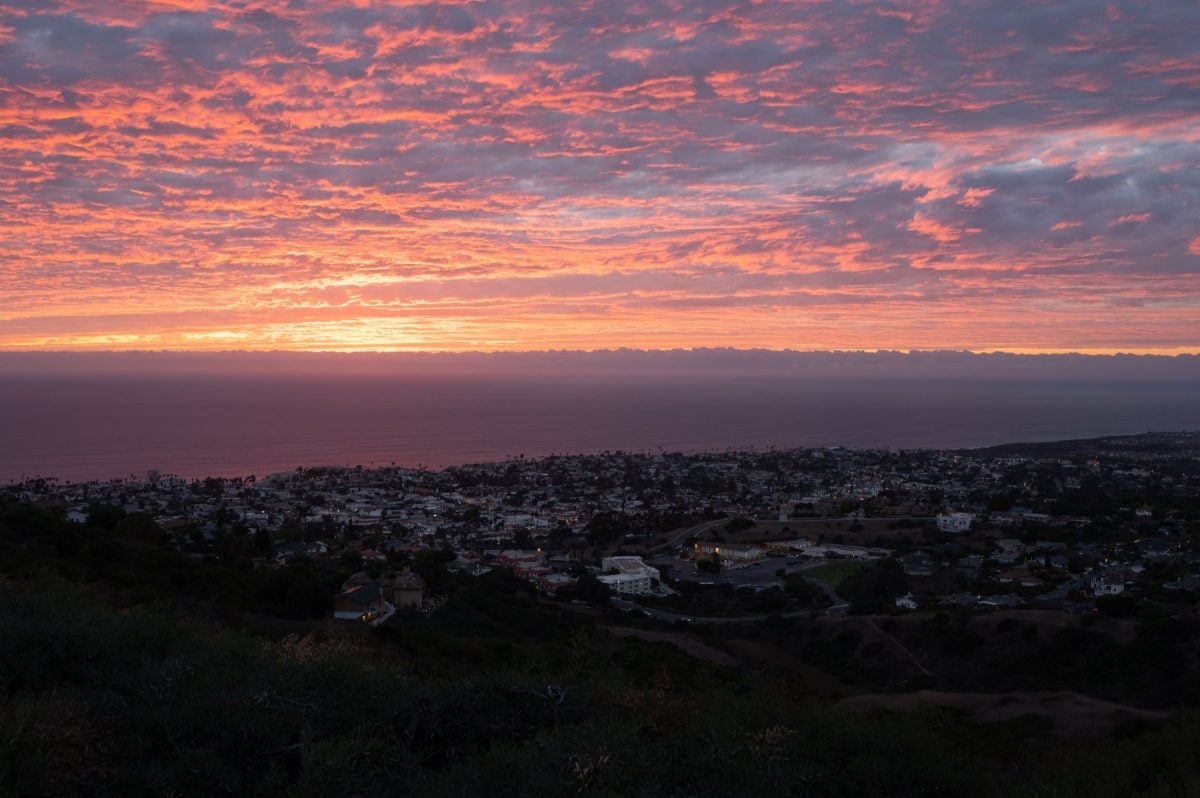
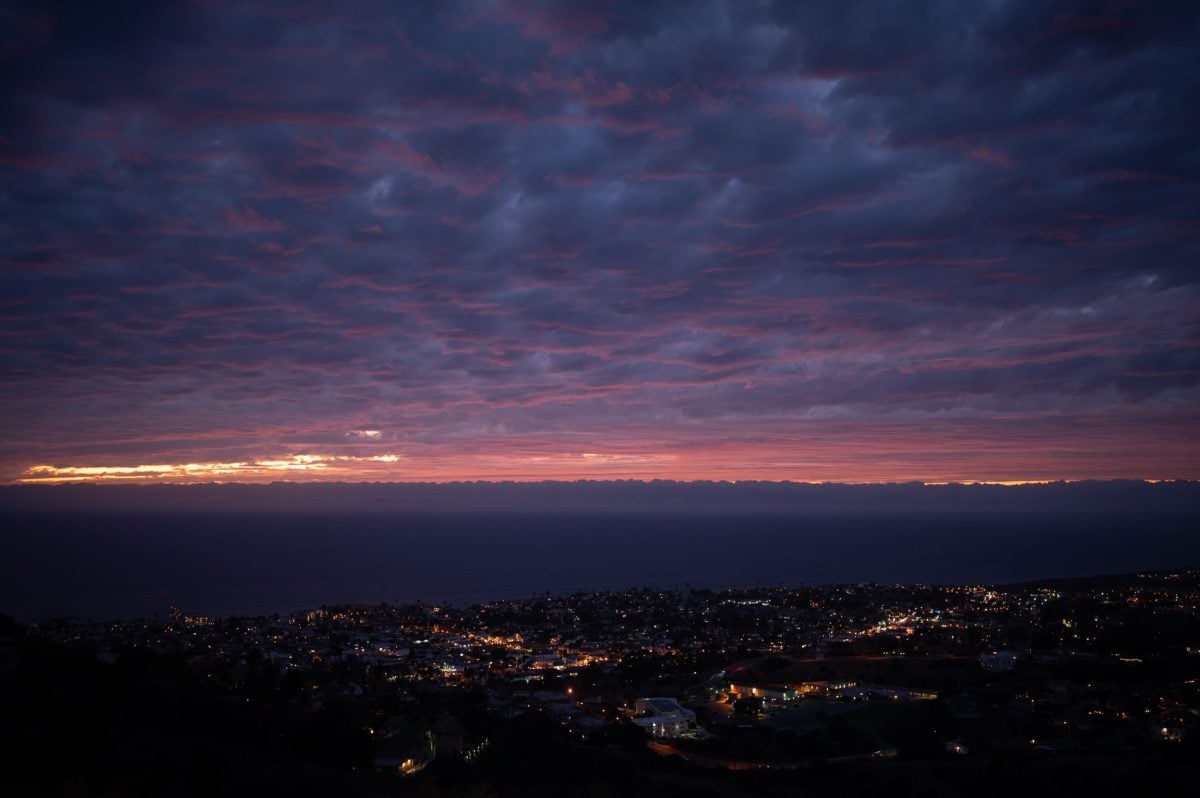
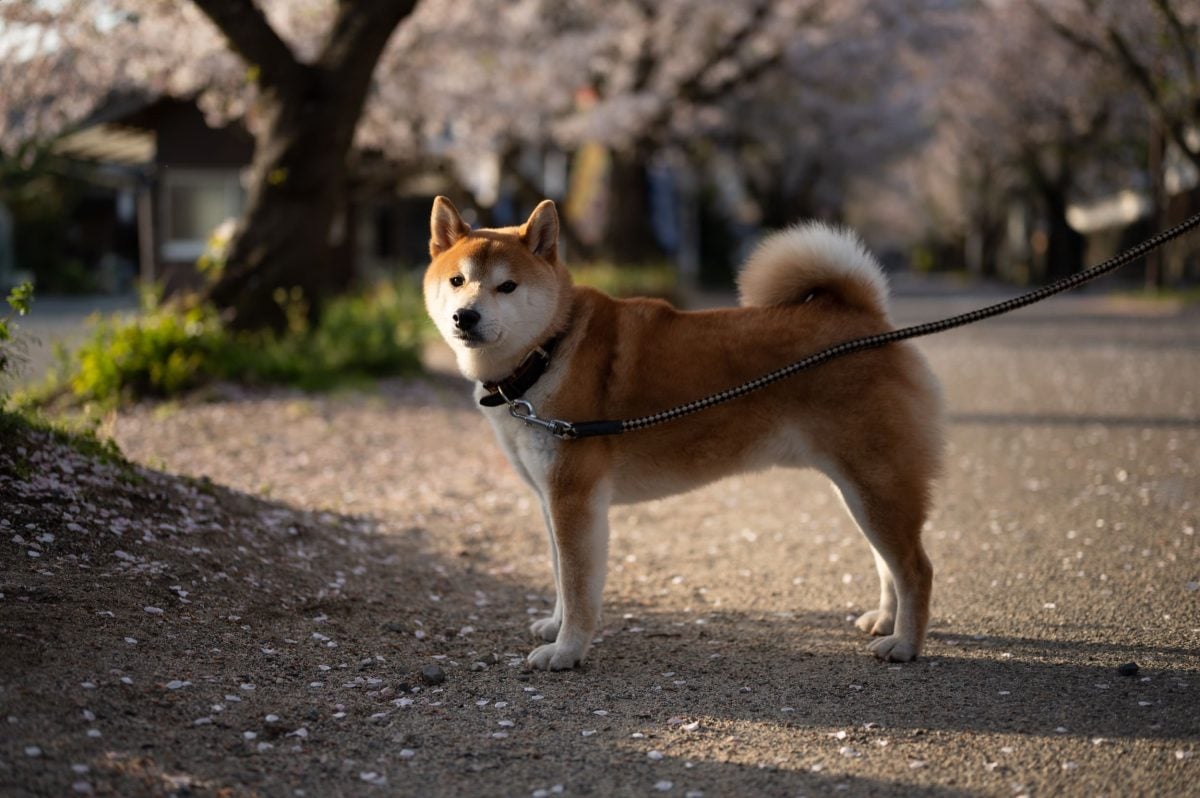

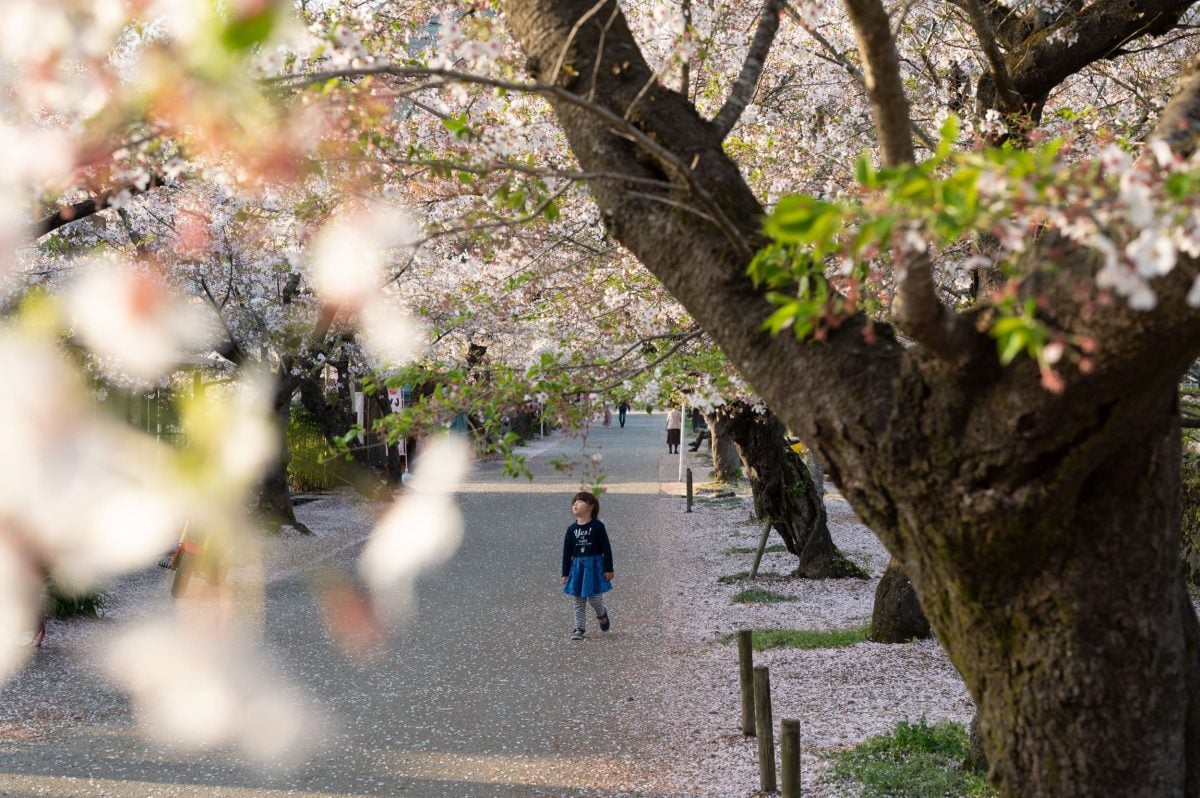
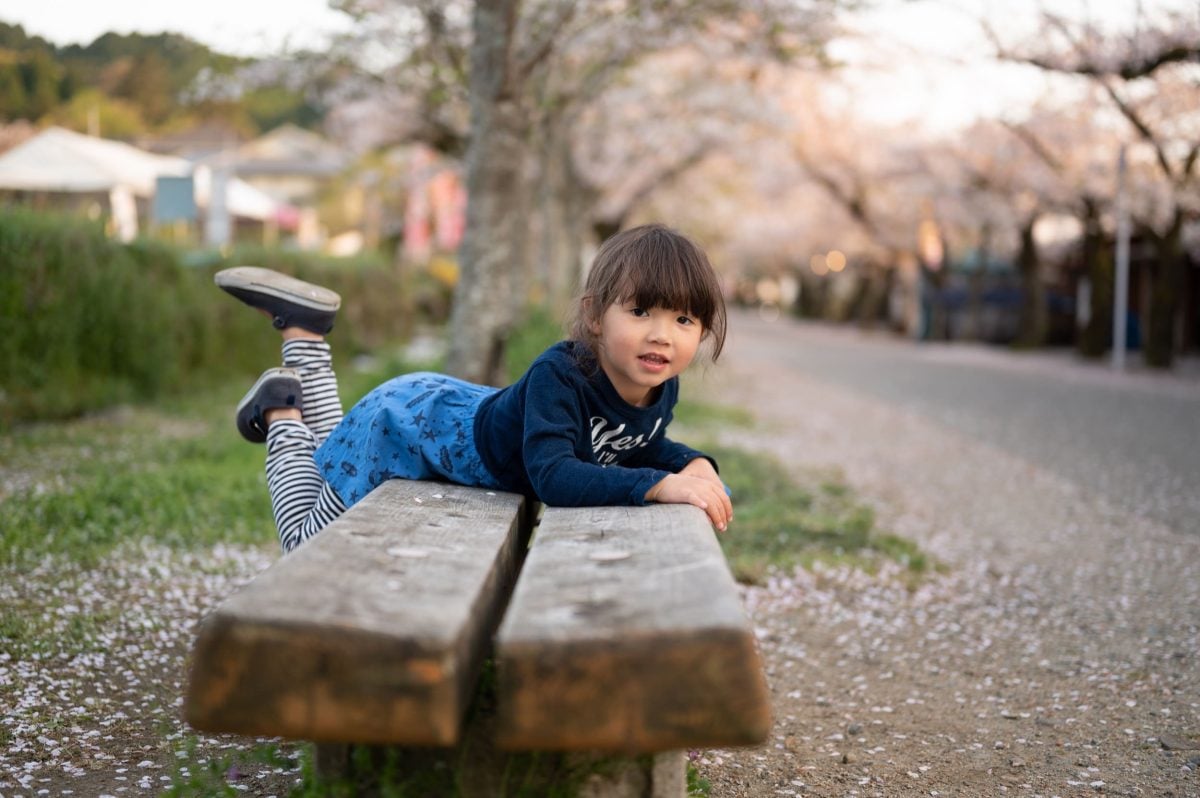
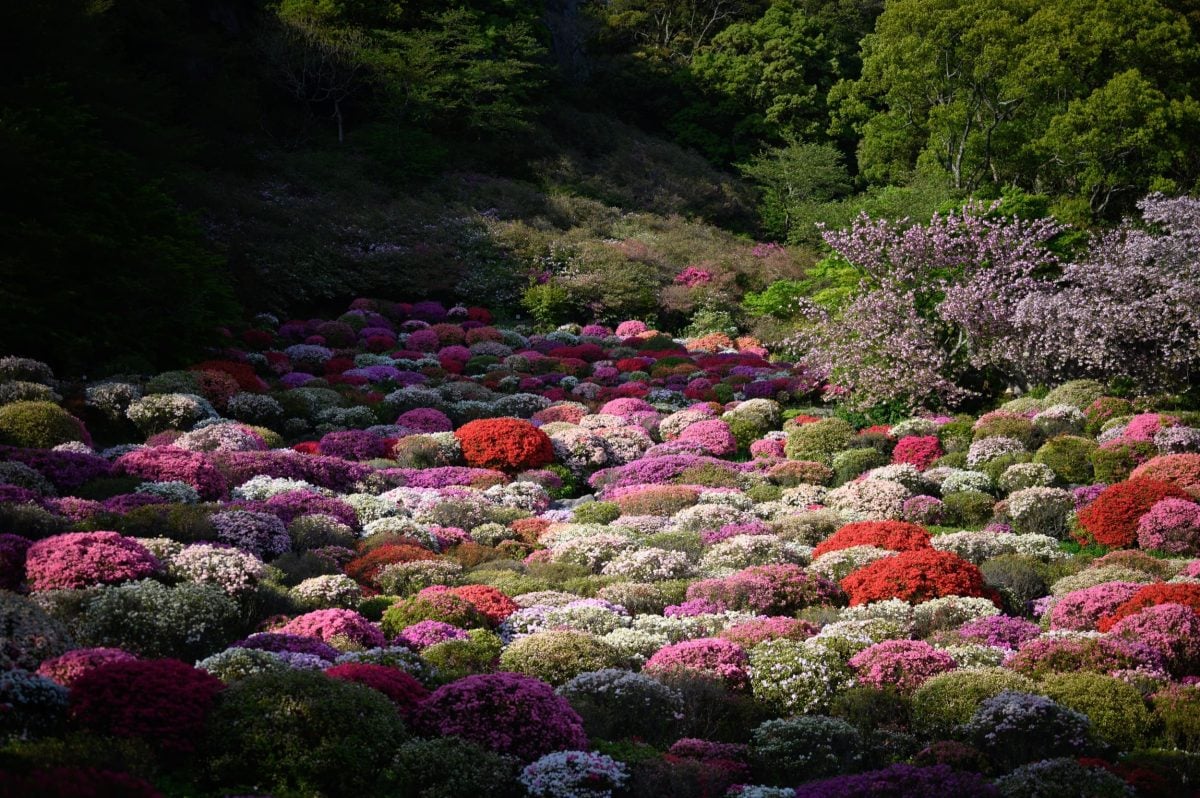


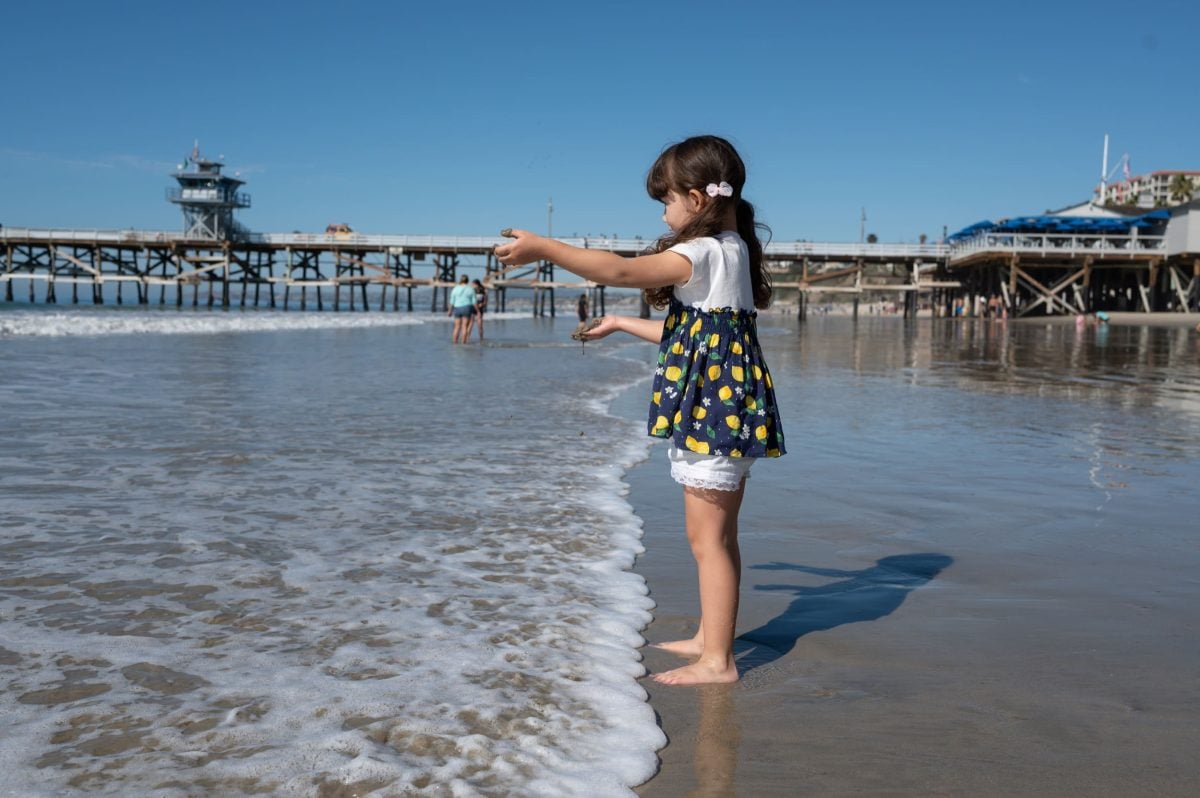
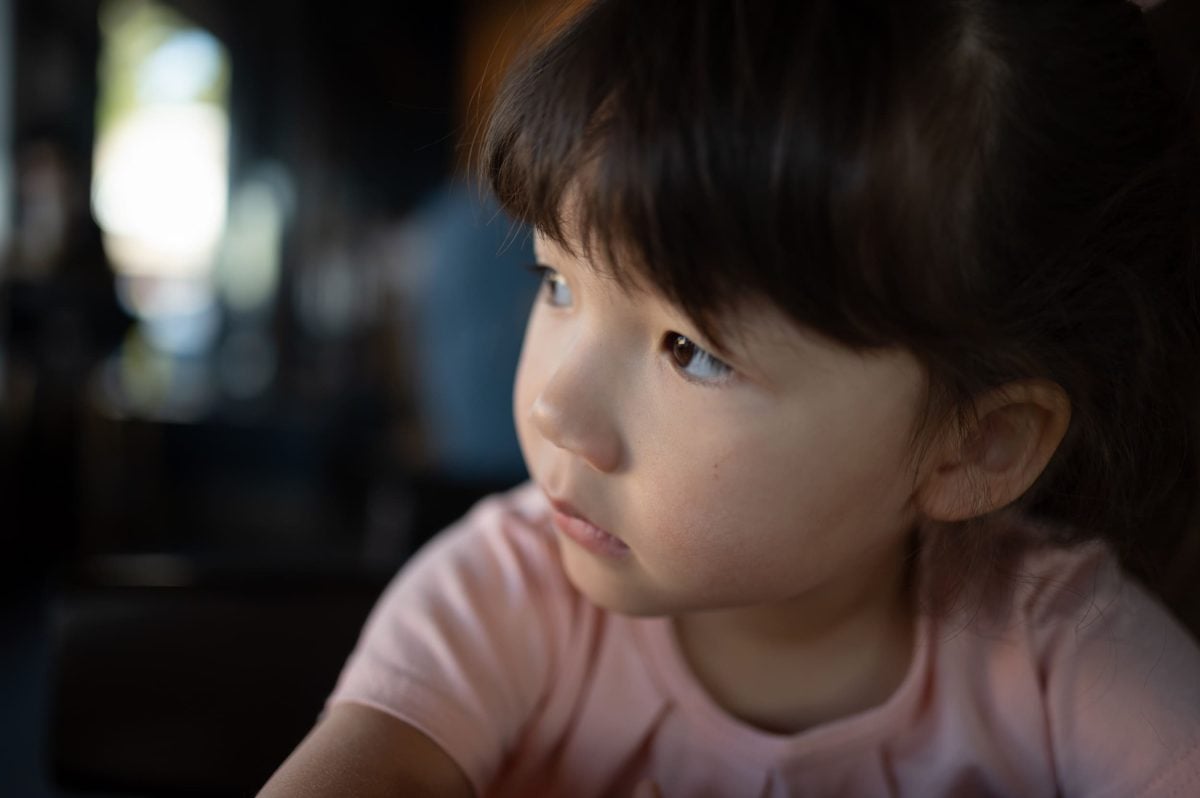

Sony A7III SOOC Samples
RAW photo set to Adobe Color
The first three shots are A7III; the rest are A7rIII since that’s the camera I shoot with. The color between the two cameras is pretty similar.
In the first shot, you can see a very nice balance between the colors and very nice skin. In the second shot, you can see the greens get a little electric. The first thing I would do on that second shot is to desaturate the greens and shift them slightly blue. It’s an easy fix. The third photo looks great. So you can see that with any camera, the color profiles are always situational, and no camera looks perfect all the time.
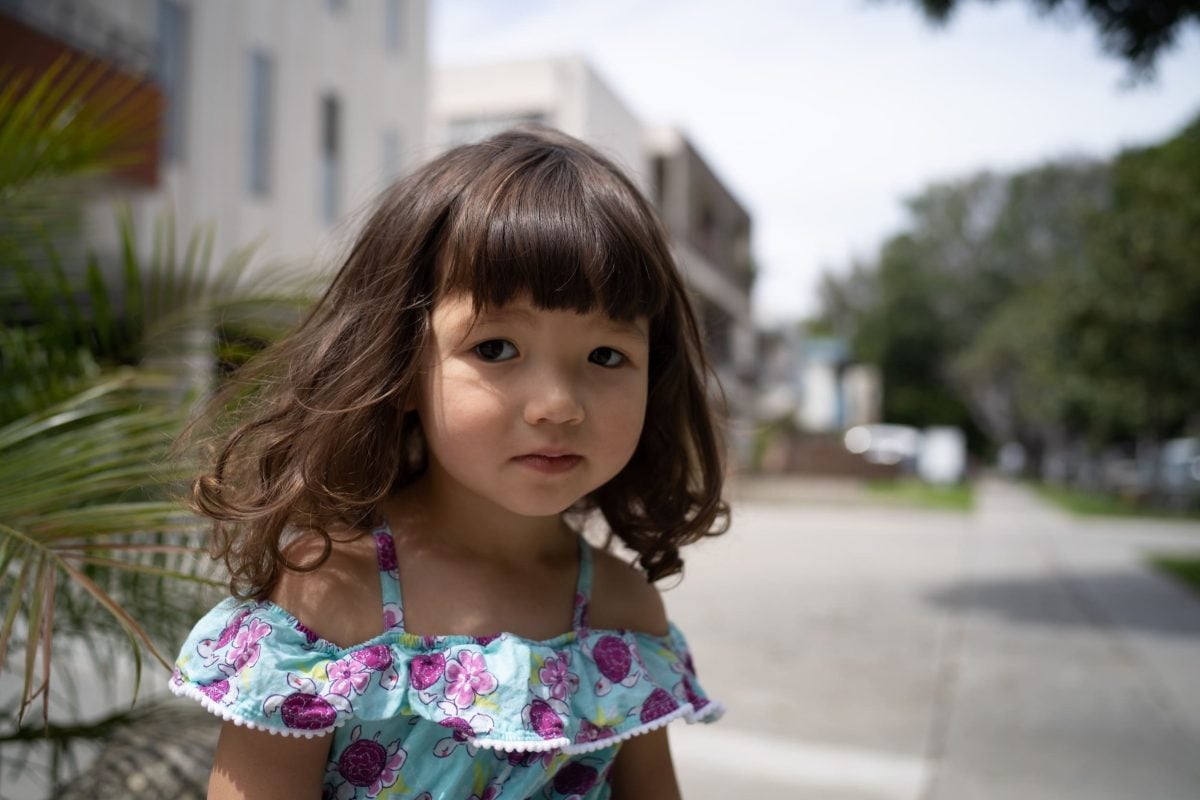
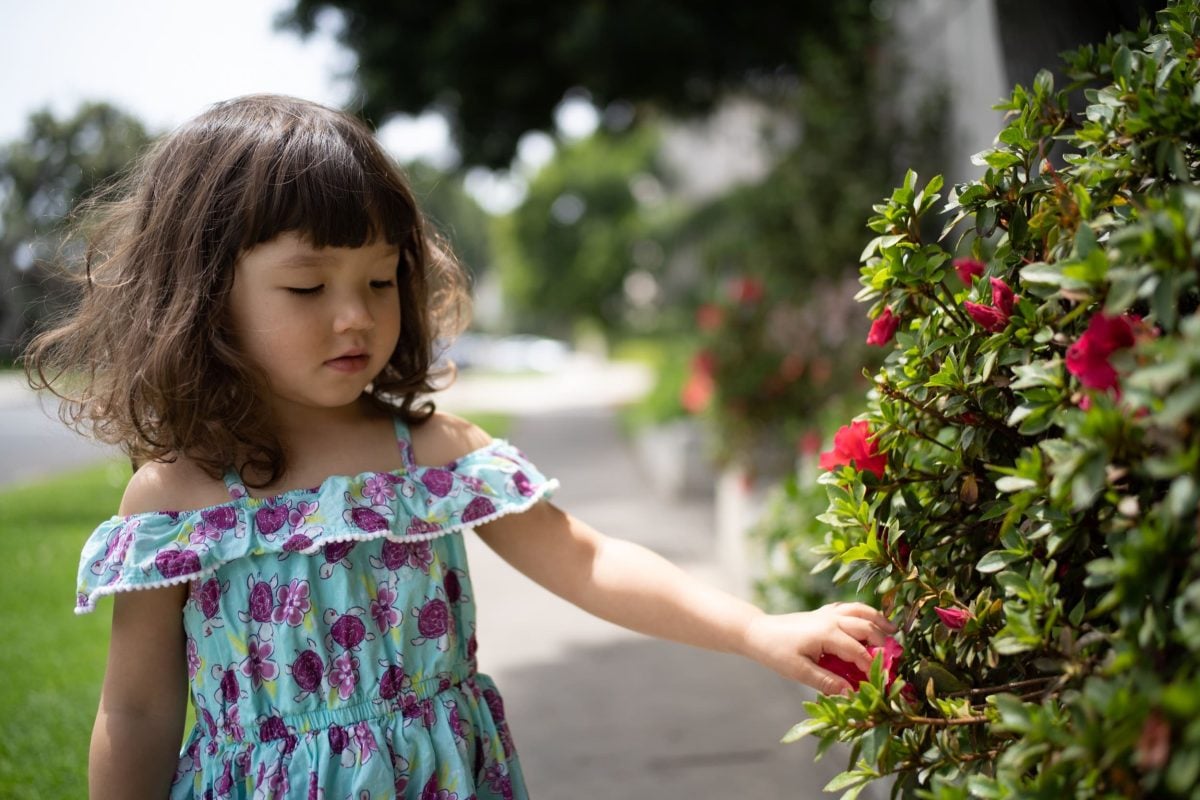
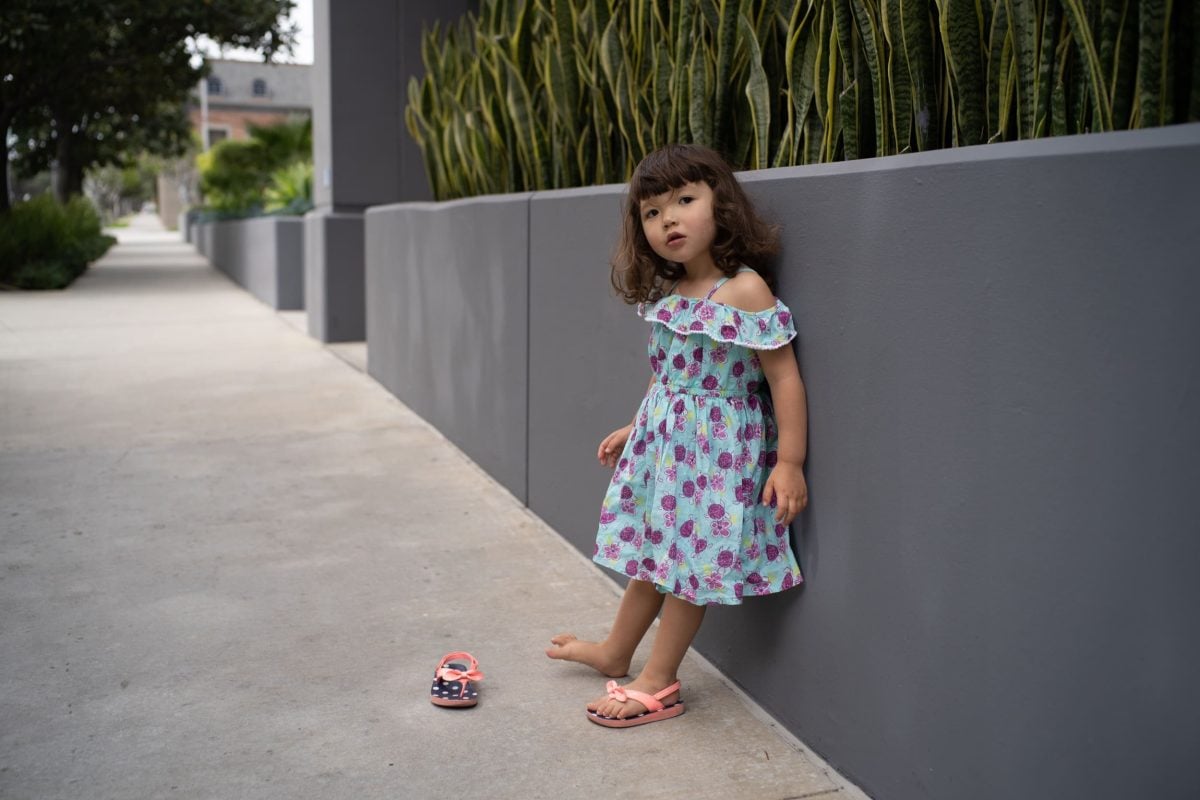
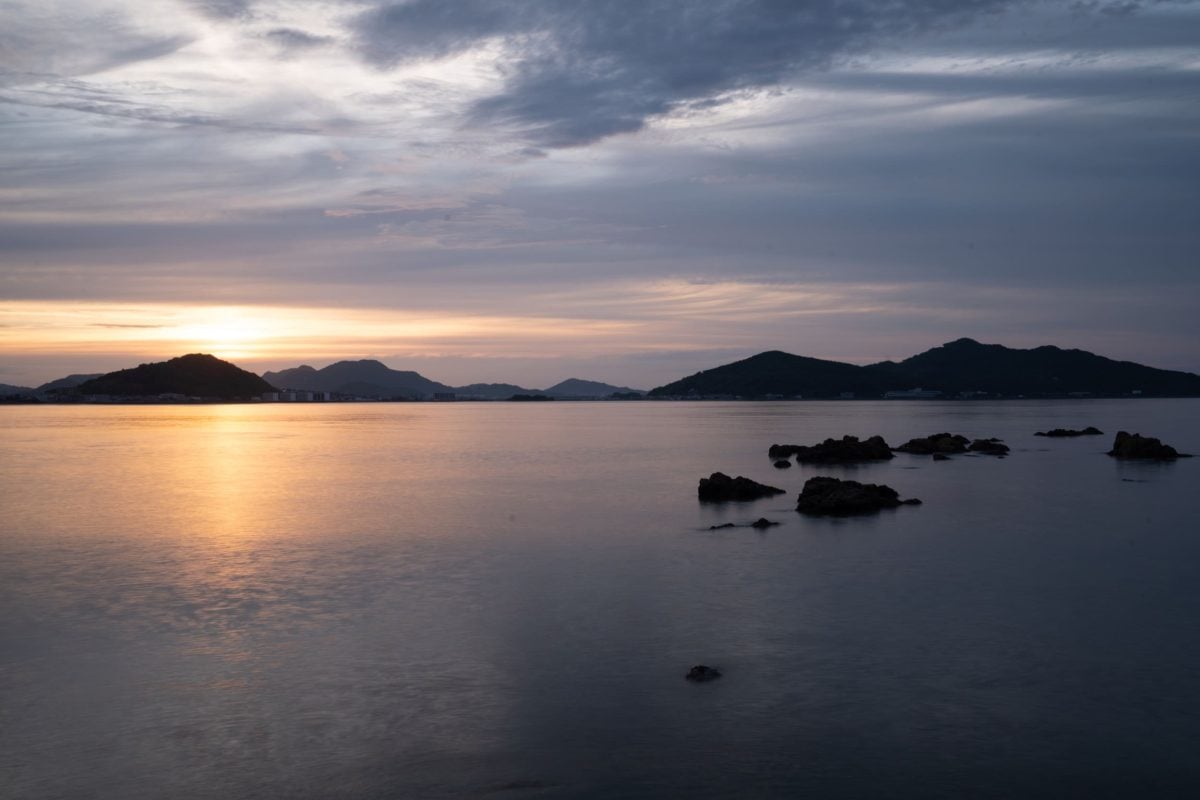

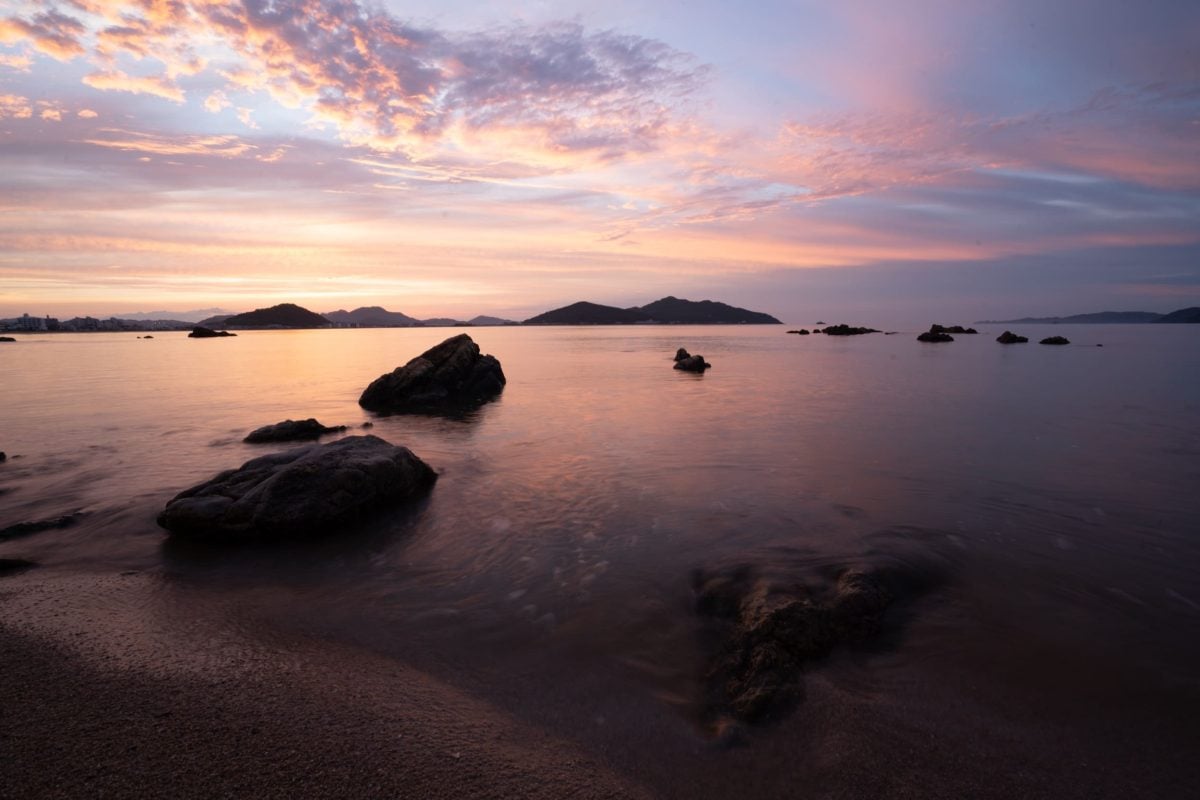
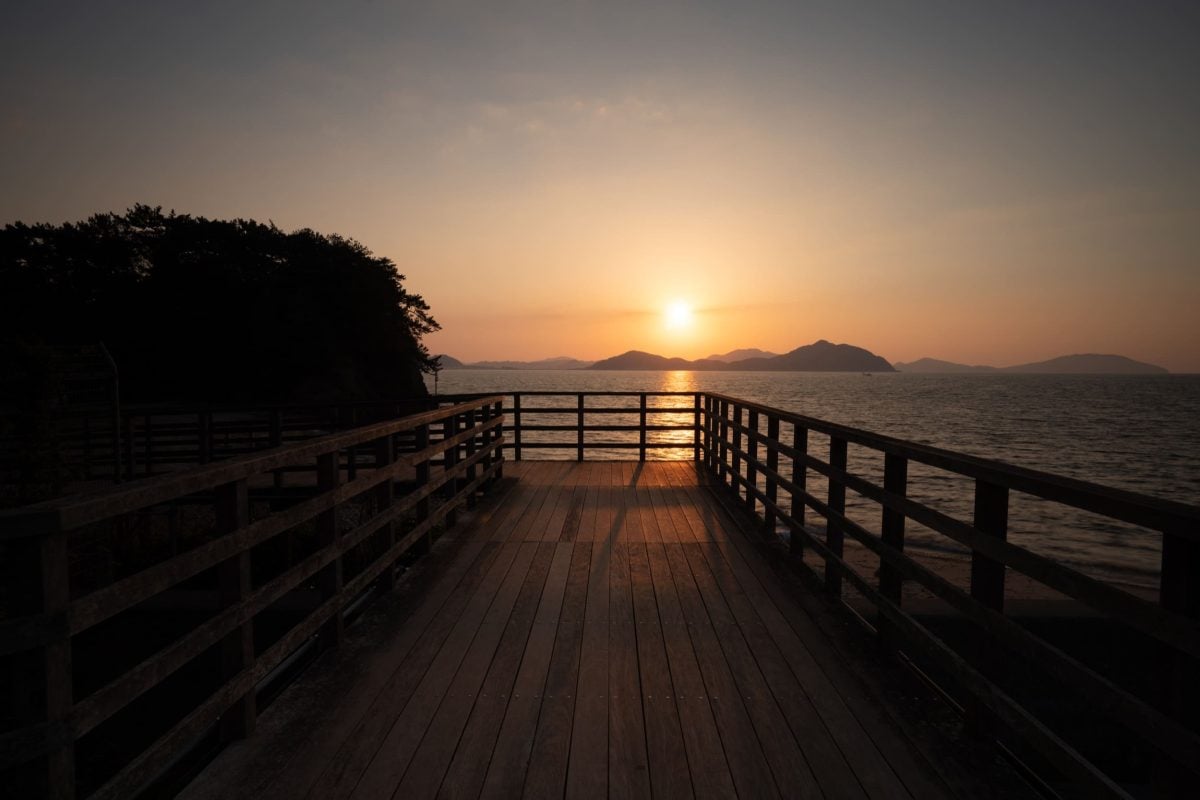

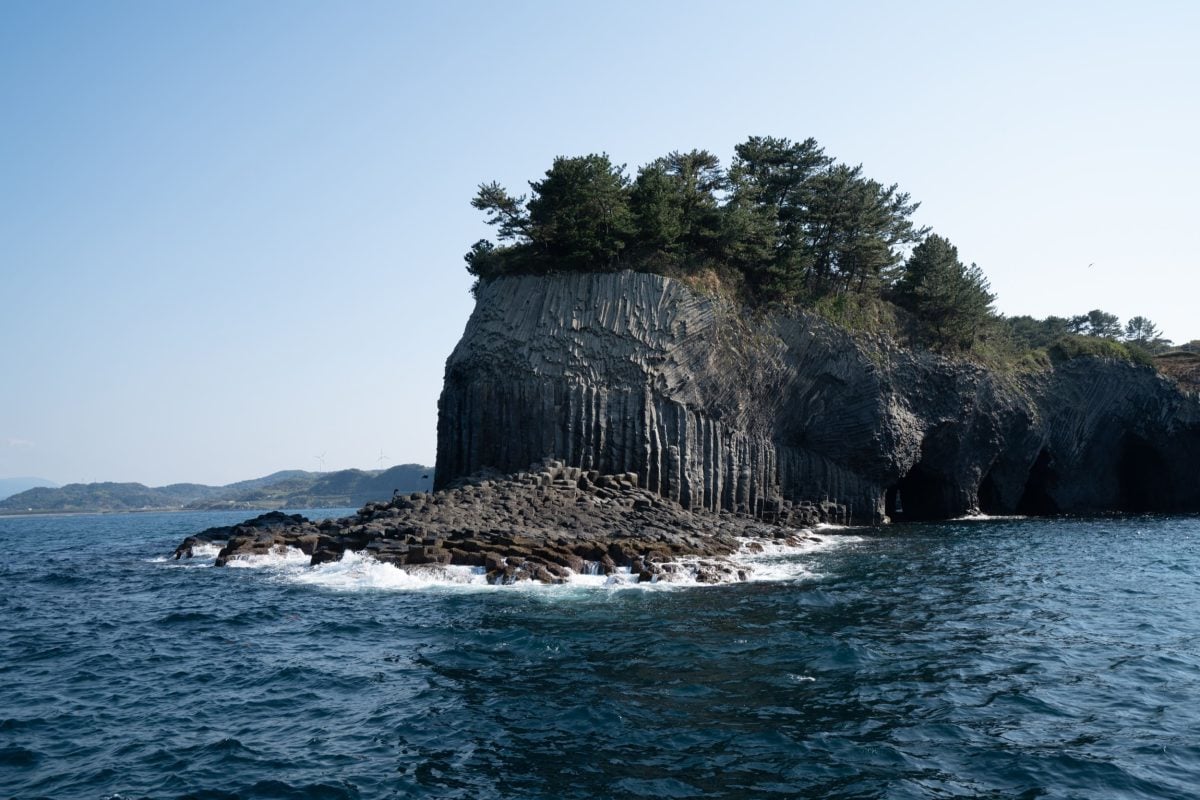

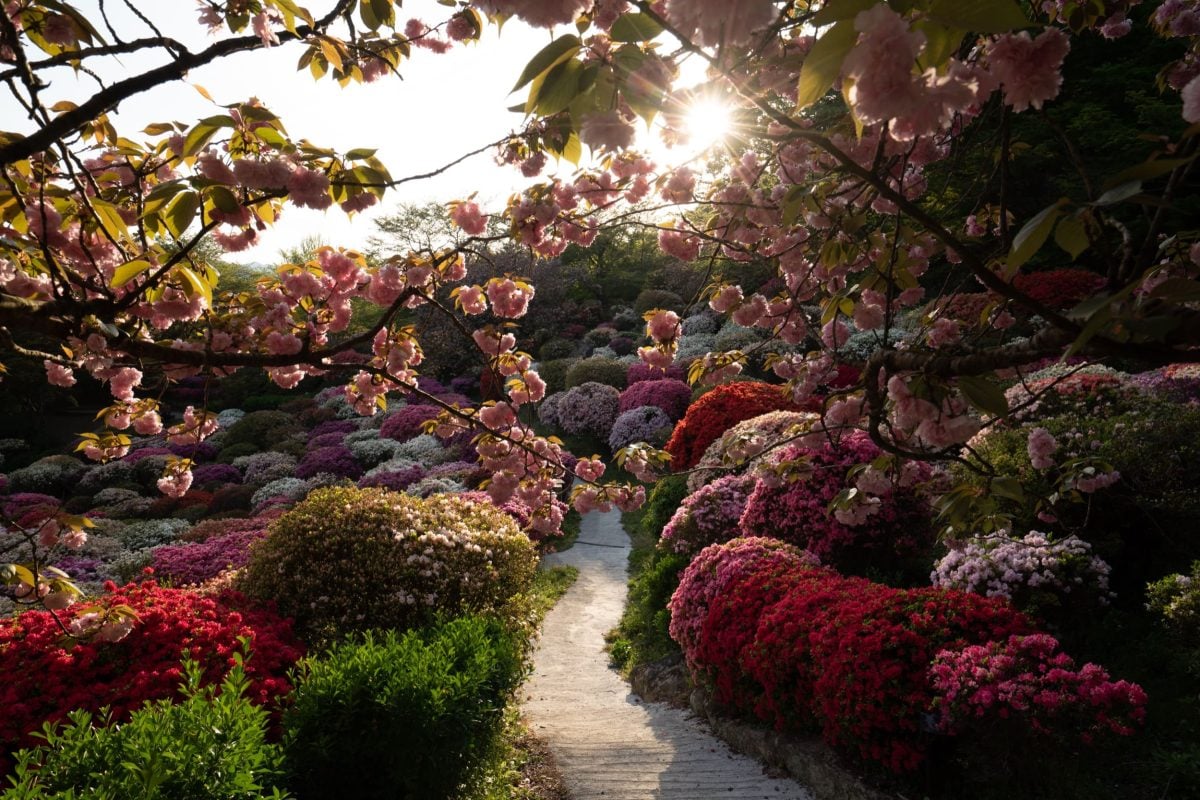


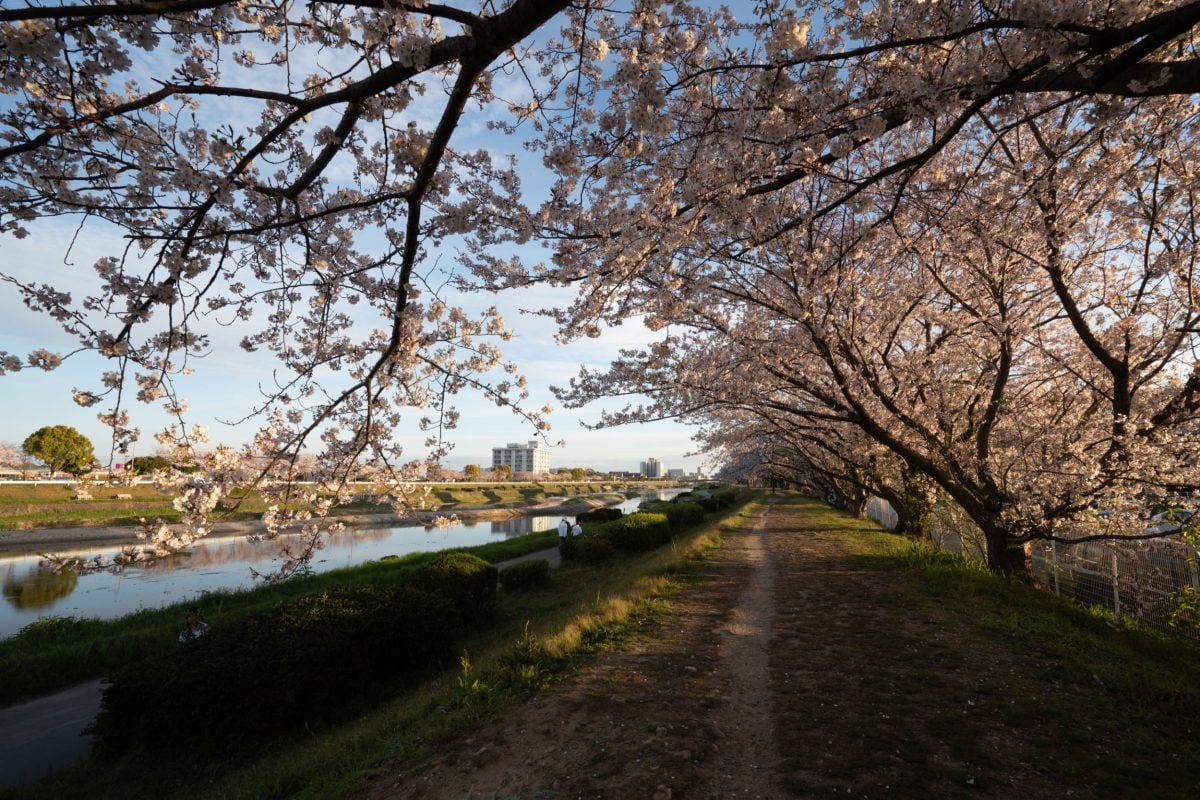
Color Science Conclusions
As you can see they both look good. Sony shots come in with a little more contrast and are overall a little more poppy, you could call it a bit more clinical. Nikon shots have a ‘look’ to them.
Some advice, if you’ve shot with Sony or Nikon for a long time and you have a catalog of presets you’ve created that define your style, don’t switch brands because presets for Sony do not work the same as they do for Nikon.
Lightroom presets between Sony and Fujifilm work pretty well, but not between Fujifilm and Nikon. The same goes for Canon; the look is too unique and presets don’t cross over.
Color Science Chart
| Z6 | A7III | Winner | |
| AWB | Struggles a little in Mixed Lighting | Good | A7III |
| Color Gradation | Good | Decent | Z6 |
| RAW Look | Filmy / Pastel | Clinical / Electric | Situational |
Personally, I prefer Fujifilm’s natural look to Sony’s, and I prefer Canon’s styled look to Nikon’s.
Even though I shoot with all four brands regularly, the difference isn’t really enough to push me into one brand over the other, and it’s not something I worry too much about. Color science is always changing with each new camera iteration. For example, my Canon R looks nothing like my 5DII.
Sony A7III vs Nikon Z6 Bottom Line
Reasons To Buy The A7III
Lenses – Sony has so many lenses to choose from even third-party lenses with autofocus capabilities. You can see what’s out there with my massive list of every Sony E Lens.
Not a lot of them are great, but there are a ton of options at different prices. If you want micro-contrast you have native mount Voigtlander and Zeiss lenses or even some Korean and Chinese lenses with autofocus, if you don’t believe micro-contrast is a real thing, you have Sigma lenses, and you can get it all today.
Smaller Body – Some people don’t like the smaller body, some love it. What I love about the smaller body is it allows you to add a vertical grip and the camera is still fairly compact.
Dual Card Slots – As long as you buy good memory cards for the A7III from a trusted source, you won’t have issues with counterfeit cards and you’ll likely never have a corrupted card. However, if you’re shooting high profile work or you are a travel photographer and you’re not good about clearing off your cards for backing up, a second card is a nice feature. I personally never use it except for overflow.
Vertical Grip—People make a big deal that Nikon has no vertical grip, but honestly, I’ve never once, ever, ever, or even EVER seen anyone shooting with a Sony with a vertical grip! I’m pretty sure I’m the only person who bought one.
Reasons To Buy The Z6
Build & Features – The Z6 without a doubt has a significantly better build, UI, and features. It’s just a better camera. It feels like it’s at least 5 years ahead of anything Sony has. Actually, probably more because Canon and Nikon implemented full touch interfaces in 2012-2013. So the Nikon Z6 is at least 6 years ahead of Sony with the actual physical camera hardware and UI implementation. The screen is more than twice as good, the EVF is better the IBIS is better, the build is better, the controls are better, even the mount is better. Not by a little, by a lot.
Nikon Glass – Sony works with a lot of different companies for their lenses, from Cosina with for some of the ZM lenses and Tamron for their Batis lenses, I once even heard a rumor that Canon plays a role in the design their GM lenses, which are top tier awesome (just a rumor, but an inside source a long time ago, grain of salt). However, Nikon glass has a uniqueness to it that only they are known for and when designing their new system, they planned everything around that Z mount rather than Jerry-rigging an old APS-C mount to make it work for full-frame as Sony did.
Because of the massive Z mount, you get very unique lenses like the 14-30mm f4 that also takes front screw-on filters and the amazing 50mm f.095 Noct lens.
The Nikon f1.8 lenses are the best f1.8 lenses ever made, based on their features and specs across the chart, and their current line-up of zoom lenses is all very good.
Eventually, all those third-party lenses Sony has will come to Nikon. It’s already started as you can see by looking at my massive list of every Nikon Z Lens.
Better Mount – The Nikon Z mount does lend itself to more interesting designs. We’ve already seen it with the 14-30mm f4 and we’ll likely continue to see even more designs we’ve never seen before going forward.
Because the Nikon mount is so big, you can even adapt Sony lenses to it with the Techart Sony E to Nikon Z mount. While autofocus is not perfect with this adapter, it gives you access to all those manual focus Sony lenses.
F-Mount Lenses: A lot of people forget that Nikon has decades of F mount lenses that are available to purchase. There is a stigma against doing this since people think DSLR lenses are inferior. However, most of the third-party lenses for Sony today are still DSLR designs with extension tubes built-in. Sigma and Samyang finally just started released real mirrorless designs just this year.
Better IBIS – The Nikon IBIS (in-body image stabilization) is significantly and noticeably better. I tried an A7rII with the IS Batis 85mm next to the Nikon Z6 with the unstabilized 85mm, and the Nikon was still significantly better.
Nikon Z6 vs A7III Comparable Features / Differences
Autofocus: I just can’t give Sony the win on autofocus. Because of the speed at which you can change your settings on the Nikon, and the acquisition time and speed of those Z lenses, I find it’s a more advanced machine that I can command to do exactly what I need faster and more precise than the Sony.
If you want Jesus to take the wheel, the Sony A7III is a little more accurate with eye AF and I like the way the tracking works with it. However, if there are groups of people, eye and face af is useless.
Sony is also a little better in low light, but with real-world use, the Nikon is still amazing and I regularly use it for my night street photography without any real issues.
You also need to be very careful about which lenses you buy. The Nikon Z6 with the Z 50mm f1.8 will obliterate the Sony A7III with the Sony 50mm f1.8 in every situation.
If you buy the A7III thinking you have world-class autofocus, then buy cheap lenses. The Z6 with any of the sub $1000 dollar f1.8 lenses will run circles around you in every situation.
Color Science: I like the look of Sony when I’m shooting people, kids family, but I like the way the Nikon renders when shooting the natural world. When shooting Japan street photography at night, I find I have to noodle AWB a little more on the Nikon than on the Sony.
Video: Although Nikon has a higher bitrate 4k at 144Mbps and RAW HDMI out is eventually going to come out with a firmware upgrade (it probably never will), I can’t give them the win because they don’t have an internal F-log and they don’t have RAW right now. But maybe the Nikon Flat look is good enough for most people. So, video features would have to come down to your needs.
XQD / CFexpress vs. UHS-II / UHS-I – UHS-II cards are the same price as XQD unless you buy cheap SD cards. But if you are a member of that church of dual memory card slots, then you have to buy two cards and the second slot is only UHS-I which brings your camera down to 2009 write speeds.
If you’re buying the camera mostly for video, then you can save some money on slower cards like the Sony M or stick with UHS-I with the A7III. Whereas with Nikon, the cheaper XQD cards were discontinued by Sony right about when the Z6 came out and there are no cheap options for XQD cards or CFexpress coming.
If you want max performance out of Sony A7III you will have to buy the v90 UHS-II cards. Usually, people buy the Sony G UHS-II card which is the #1 selling UHS-II card based on my sales data from this site. So clearly Sony people like to buy that card the most, which tells me they aren’t using a dual card setup because you only need UHS-I cards with a dual card setup because of the UHS-I write speed bottleneck in slot 2.
XQD and CFexpress are faster but the difference is negligible in the real world. XQD is supposed to be tougher and more reliable, but those Sony Tough cards are really good.
You can see Sony A7III memory card benchmarks and compare them to Nikon Z6 memory card benchmarks.
Sony A7III vs Nikon Z6 Bottom Line
I’ve shot with both camera systems for a long time and have been working on this article for a long time. There is a lot of noise and confusion about which system is the best, but they are both great at different things.
While the Nikon is a much better camera physically, it’s hard to ignore Sony because of what they have with all those E-Mount lenses, and there are many little things that Sony gets right.
Nikon has laid a more technologically advanced foundation, so they will continue to have better cameras in the future because of that bigger mount and better IBIS system. However, Sony cameras have a unique characteristic that makes them very fun, and the technologies that power their cameras are solid and very refined.
Sony is a great system to buy into because they are usually a full year ahead of everyone on implementing new sensor technology, however, it’s going to get harder and harder for camera companies to implement meaningful updates and these advancements will have less of an impact on image quality. The future will come down to physical camera features and UI, which Sony is already a good 6 years behind on, and looking at the new Sony A7rIV, there is little chance they will improve it anytime soon.
Holiday Sales
Both cameras and lenses for each system are having sales.
The ultimate guide to Sony A7III Accessories.
The pretty amazing, not quite ultimate guide to Nikon Z6 Accessories.
| **This website contains affiliate links. We will earn a small commission on purchases made through these links. Some of the links used in these articles will direct you to Amazon. As an Amazon Associate, I earn from qualifying purchases. |

